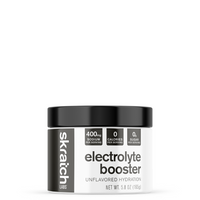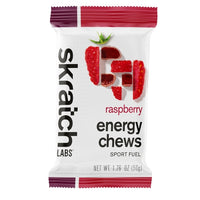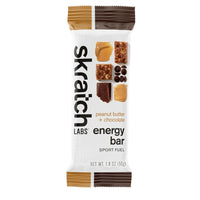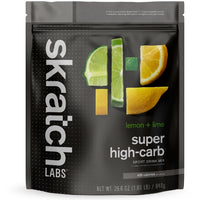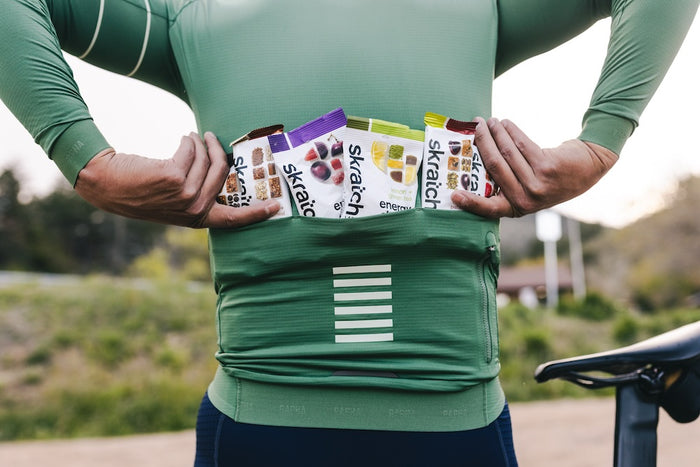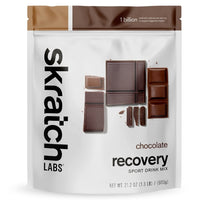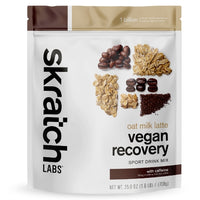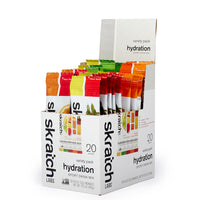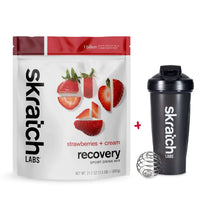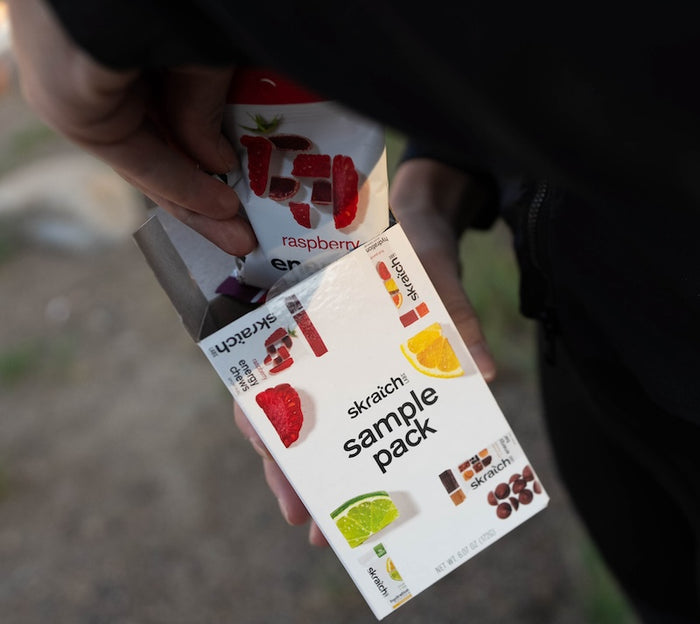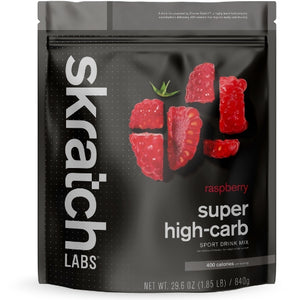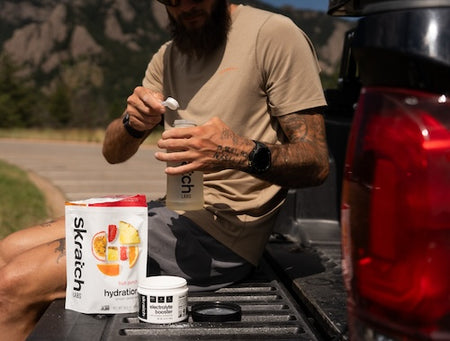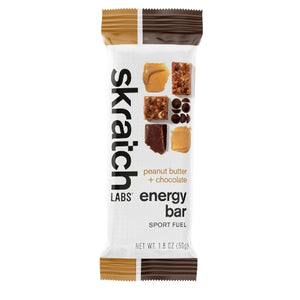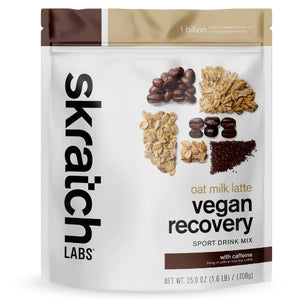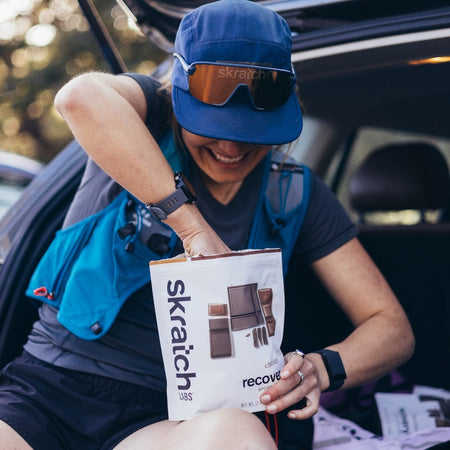
Our Blog
 science + products
science + products
Unsweetened Hydration Sport Drink Mix: Story + FAQs
July 31, 2025
 science + products
science + products
Why We Made Skratch Labs Unsweetened Hydration Sport Drink Mix
August 18, 2025
 science + products
science + products
Why We Made Skratch Labs Electrolyte Booster
August 18, 2025
 science + products
science + products
Why We Created the Skratch Labs Hydration System
August 18, 2025
 science + products
science + products
What's Osmolality and Why It Matters for Your Sports Drink
August 18, 2025
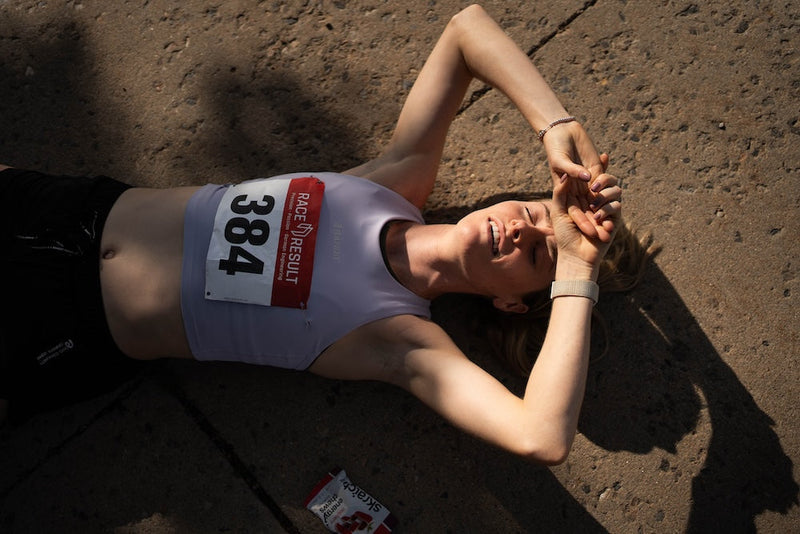 science + products
science + products
Pre-Race Fueling
August 18, 2025
 science + products
science + products
Mix + Match Your Way to Better Performance
August 18, 2025
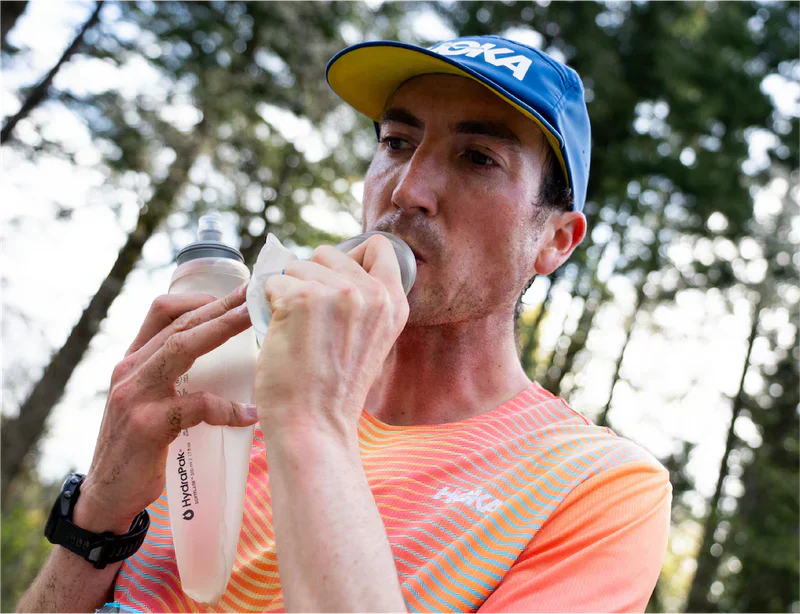 science + products
science + products
The Complete Guide to Carbohydrates for Athletes: Simple vs. Complex, When to Use Them, and Why It Matters
August 11, 2025
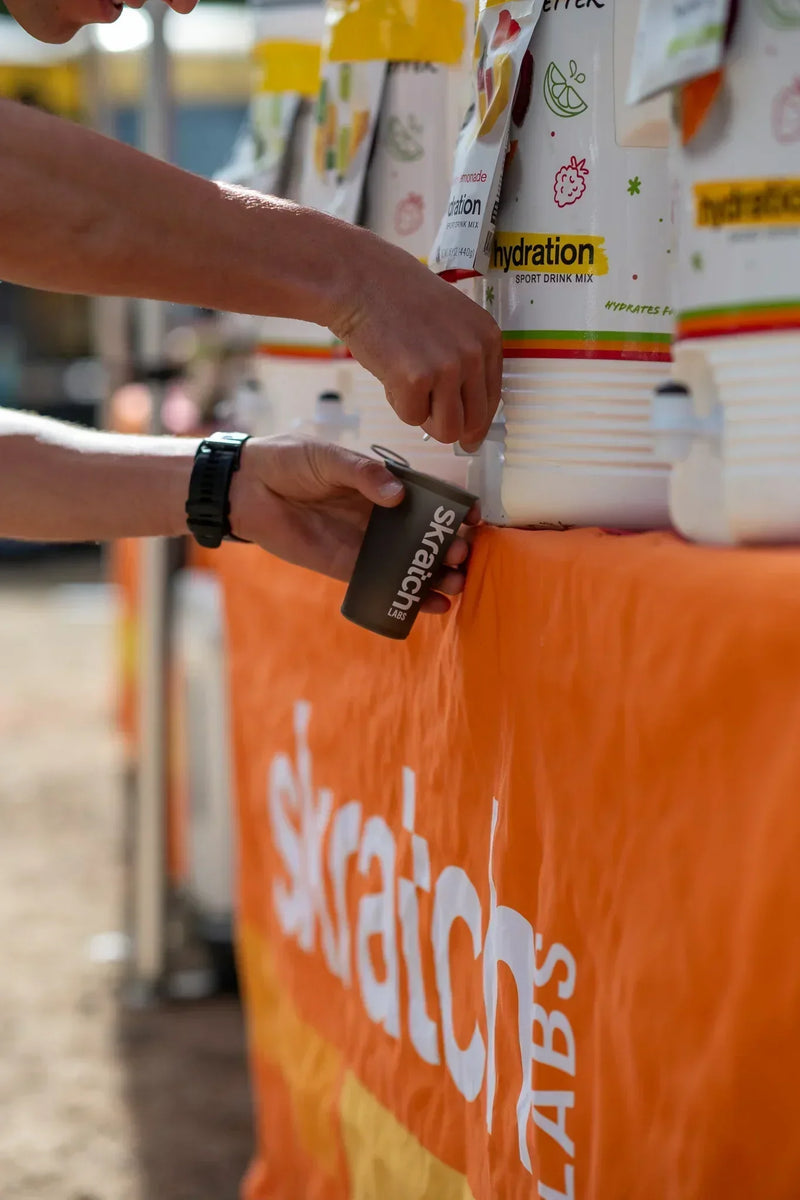 science + products
science + products
Keep It Fresh, Keep It Real: Tips to Avoid Flavor Fatigue in Endurance Fueling
August 04, 2025
 science + products
science + products
Guide: Scheduling Your Lifts Like an Elite Runner
August 04, 2025
 science + products
science + products
Timing your nutrition for your daily workout
August 06, 2025
 science + products
science + products
Fueling for Winter: Myths + Tips
July 30, 2025
 science + products
science + products
Rest vs. Recovery for Athletes: Know the Difference
August 04, 2025
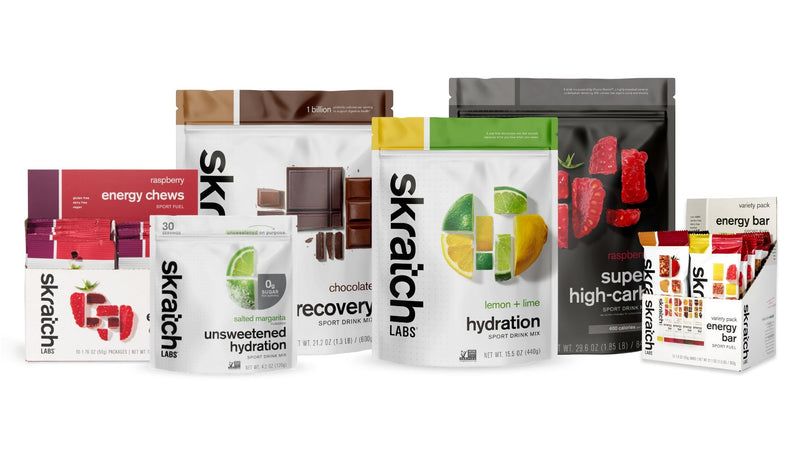 science + products
science + products
Skratch Product Lines
August 06, 2025
 science + products
science + products
Skratch Secret Sauce
July 31, 2025
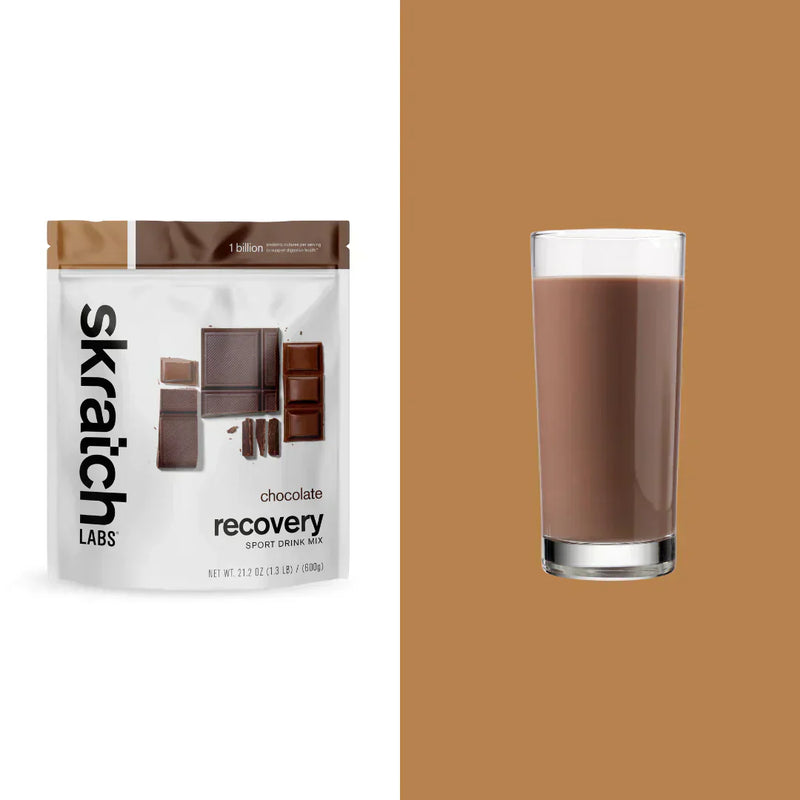 science + products
science + products
The Difference Between Recovery Mix & Chocolate Milk
August 06, 2025
 science + products
science + products
Sports Hydration: Why Water Isn't Enough
August 01, 2025
 science + products
science + products
Altitude and Athletic Performance: Why It Hurts, Helps, and How to Train for It
July 30, 2025
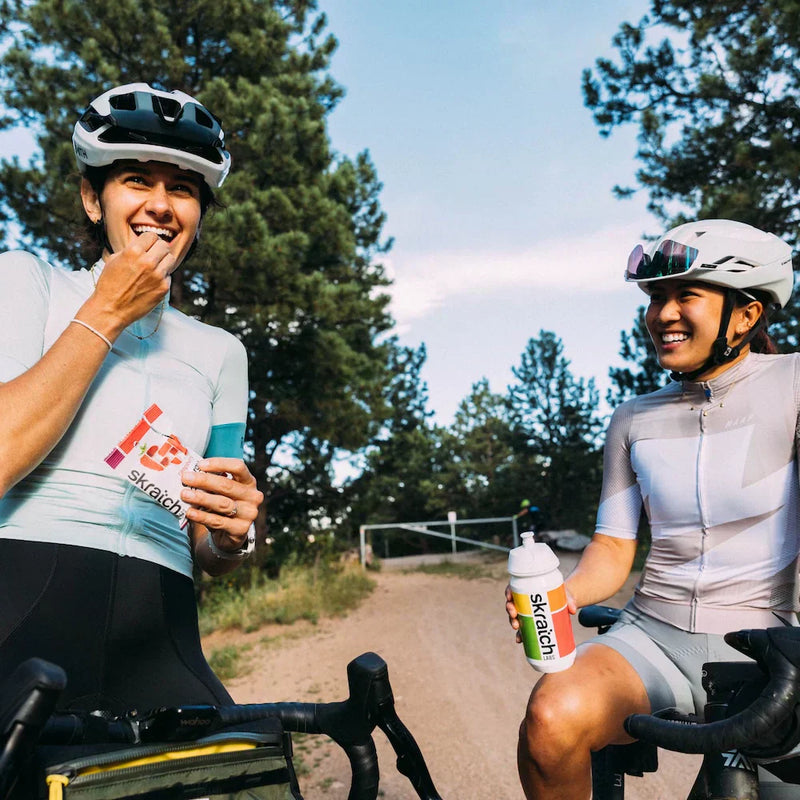 science + products
science + products
Tips for Fueling the Distance
August 06, 2025
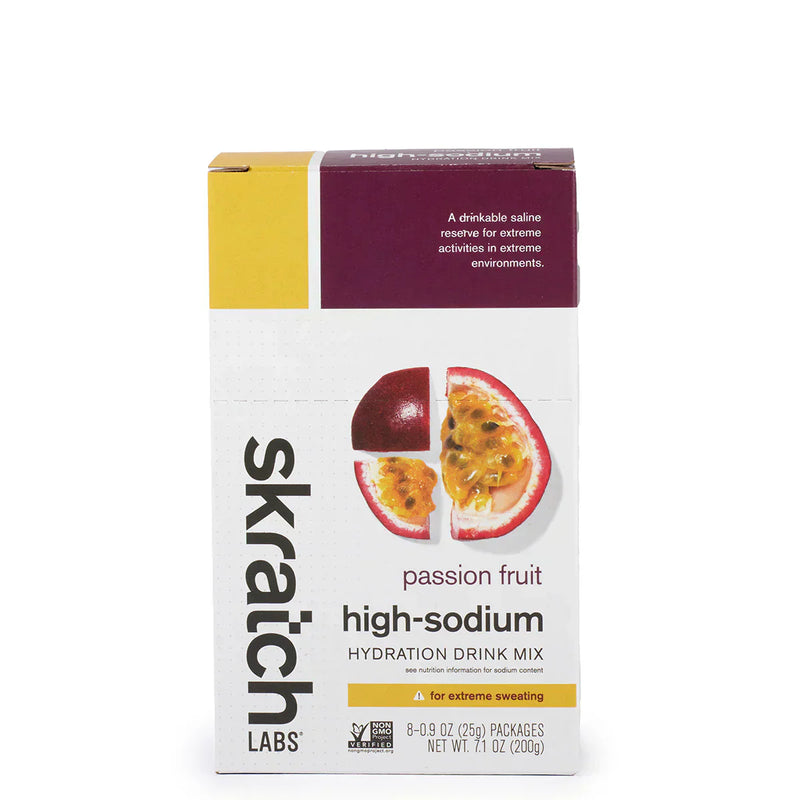 science + products
science + products
The Story Behind High-Sodium Drink Mix
July 31, 2025
 science + products
science + products
Five Nutrition Tips to Fuel Your Ride
August 05, 2025
 science + products
science + products
Wellness Hydration Mix
July 31, 2025
 science + products
science + products
Your Cramping Questions Answered
August 06, 2025
 science + products
science + products
Busting Nutrition Myths and Avoiding Common Mistakes
July 30, 2025



